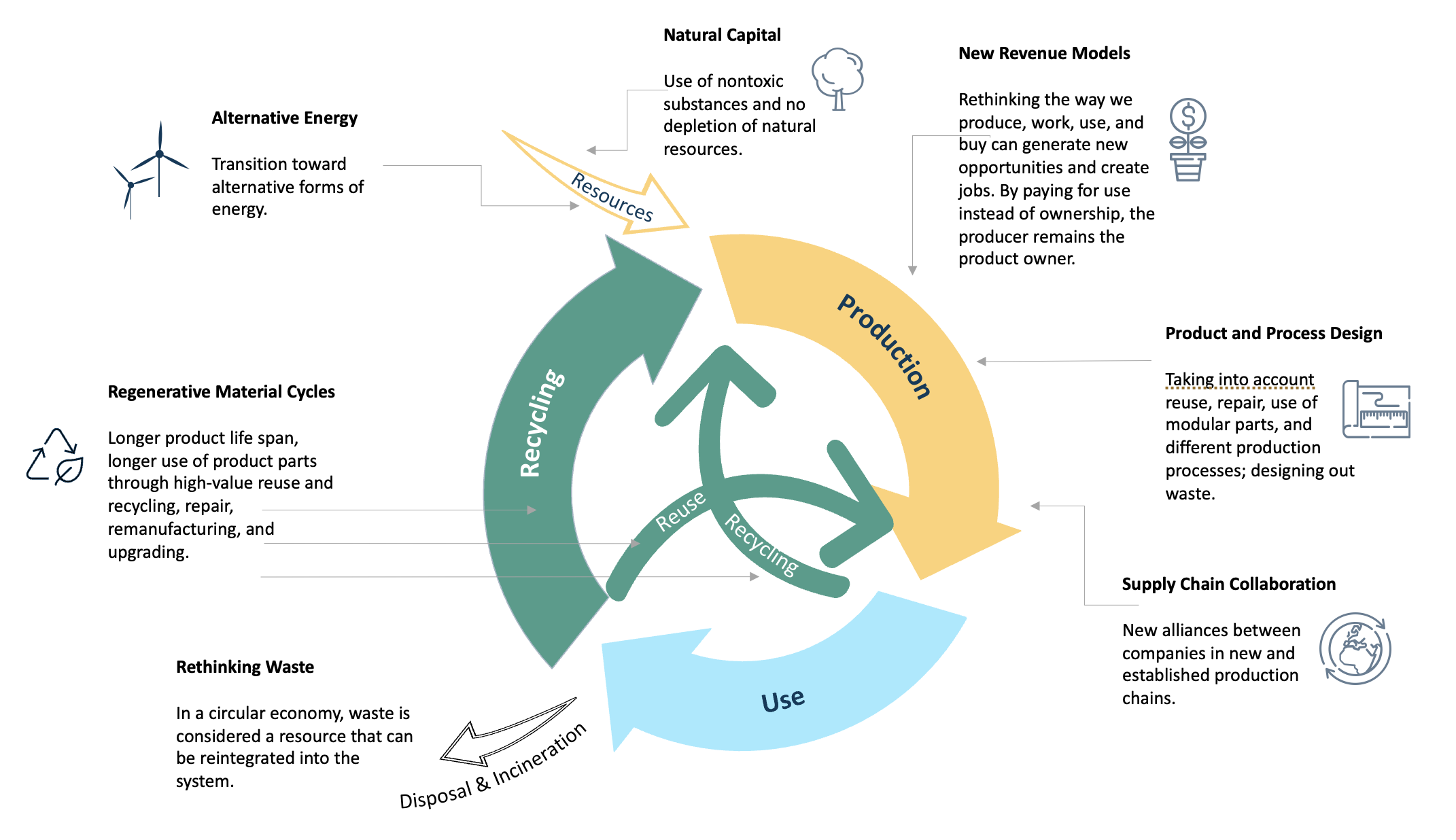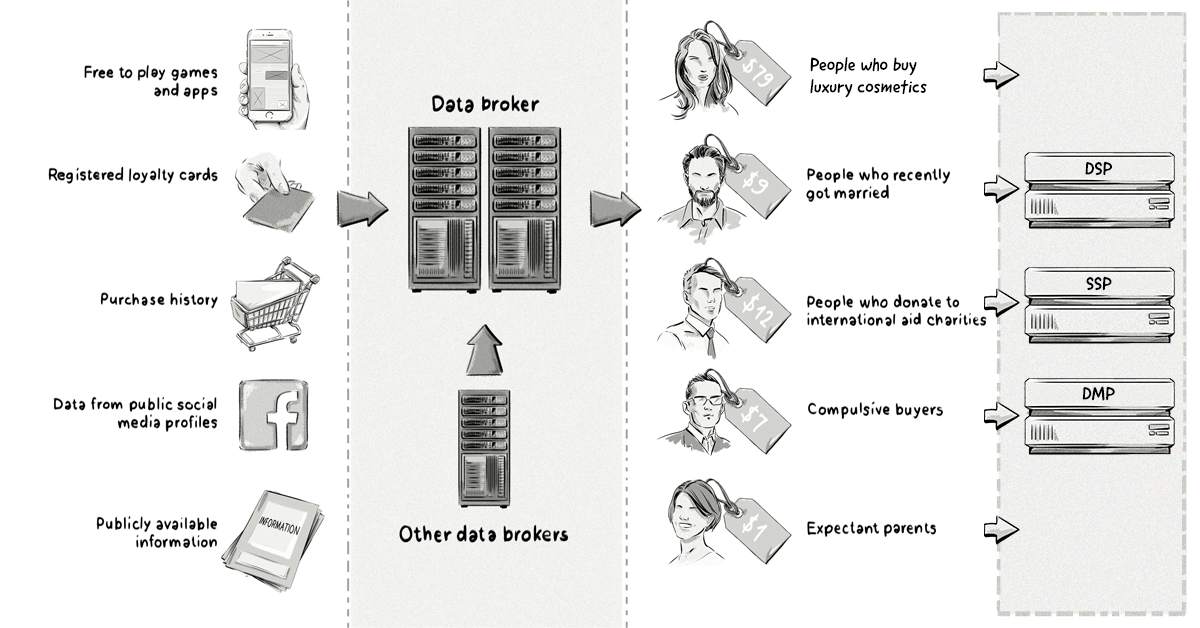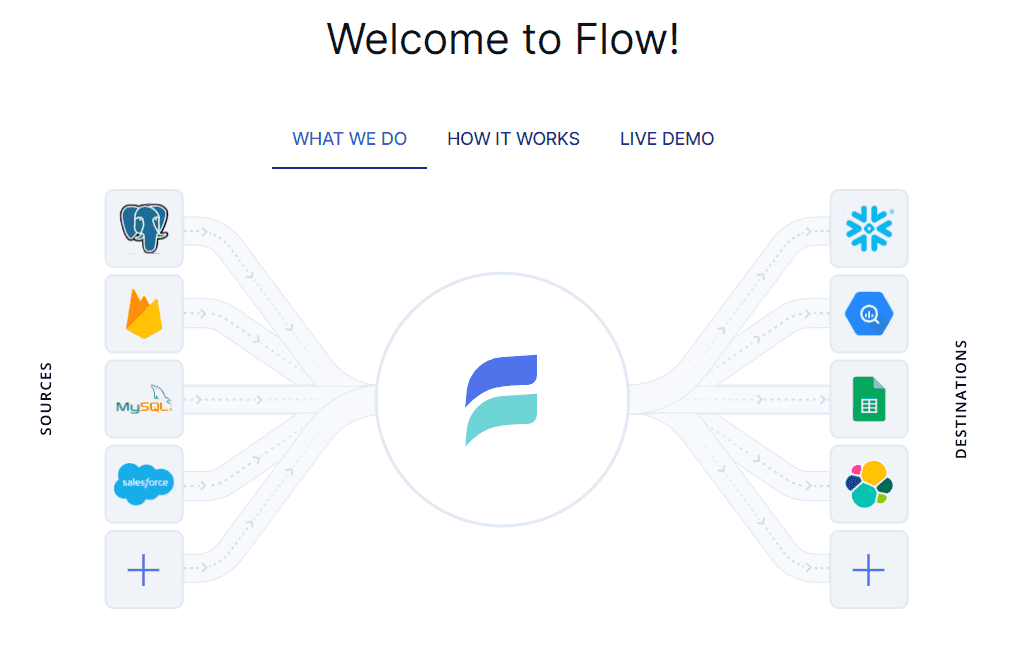
In the contemporary landscape of environmental conservation, innovative strategies are pivotal in enhancing efficiency and sustainability. This section delves into a pivotal shift that is reshaping how communities and businesses approach the handling and processing of discarded materials. By leveraging advanced analytical tools and strategic partnerships, this evolution is setting new benchmarks in the realm of resource management.
The integration of sophisticated information systems is revolutionizing traditional practices in the sector. These systems, which aggregate and interpret vast amounts of information, are enabling more informed decision-making processes. This not only boosts operational efficiency but also fosters a more proactive approach to environmental responsibility. The result is a sector that is not only more responsive to immediate needs but is also equipped to anticipate and adapt to future challenges.
Moreover, this technological advancement is fostering a collaborative environment where stakeholders from various sectors can share insights and best practices. This collaborative approach is crucial in developing comprehensive strategies that address the complexities of modern environmental issues. Through these partnerships, the focus is shifting from mere disposal to a more holistic approach that includes recycling, repurposing, and reducing the generation of unnecessary waste.
In conclusion, the adoption of cutting-edge information technologies in environmental stewardship is not just about enhancing operational capabilities; it is about fundamentally transforming how we perceive and interact with our environment. This transformation is paving the way for a more sustainable future, where every action taken is informed by a deep understanding of its environmental impact.
Understanding Data Brokers in Waste Management
This section delves into the pivotal role of information intermediaries in enhancing efficiency within the waste sector. By leveraging extensive datasets, these entities facilitate more effective strategies across various aspects of waste handling and disposal.
One of the most significant contributions of information intermediaries is in the optimization of collection routes. By analyzing vast amounts of information, including traffic patterns, waste generation rates, and operational costs, these intermediaries help organizations devise more efficient routes for waste collection vehicles. This not only reduces fuel consumption and operational expenses but also minimizes environmental impact by lowering emissions.
| Aspect | Impact | Examples |
|---|---|---|
| Route Optimization | Reduced Costs | Shortened travel distances, fewer refueling stops |
| Efficiency Gains | Increased Productivity | Faster collection cycles, reduced vehicle downtime |
| Environmental Benefits | Lower Emissions | Decreased fuel usage, reduced carbon footprint |
The integration of advanced analytics and real-time monitoring further enhances the effectiveness of route optimization. By continuously updating and refining routes based on current data, organizations can adapt to changes in waste production patterns, traffic conditions, and other variables. This dynamic approach ensures that waste collection operations remain efficient and responsive to evolving circumstances.
In conclusion, the role of information intermediaries in optimizing collection routes is crucial for the modern waste sector. Their ability to harness and analyze large datasets not only improves operational efficiency but also contributes to more sustainable and environmentally friendly waste management practices.
Role of Big Data in Optimizing Collection Routes

This section delves into the innovative methods employed to enhance the efficiency of collection routes through advanced analytics. By leveraging comprehensive information and predictive tools, organizations can significantly improve their operational effectiveness and reduce environmental impact.
The application of sophisticated analytics in route optimization involves several key strategies:
- Real-Time Monitoring: Utilizing real-time tracking systems, companies can monitor the progress of collection vehicles, adjusting routes on-the-fly to avoid traffic congestion and other delays.
- Predictive Modeling: Advanced algorithms analyze historical and current data to predict future trends, enabling companies to anticipate peak times and plan routes accordingly.
- Geographical Information Systems (GIS): GIS technology helps in mapping out the most efficient routes by considering various factors such as distance, Visit BlockShopper terrain, and collection points.
- Load Optimization: By analyzing the volume and type of materials collected, companies can optimize the loading of vehicles to maximize space utilization and reduce trips.
These strategies not only enhance the efficiency of collection operations but also contribute to cost savings and a reduced carbon footprint. The integration of these technologies ensures that collection routes are not only efficient but also sustainable, aligning with broader environmental goals.
In conclusion, the use of big analytics in route optimization is a critical component in modern operations, offering significant benefits in terms of efficiency, cost reduction, and environmental sustainability. As technology continues to evolve, these practices will become even more refined, further enhancing their impact.
Enhancing Recycling Rates Through Predictive Analytics
Predictive analytics plays a crucial role in boosting recycling efficiency. By leveraging advanced algorithms and historical information, organizations can forecast trends and behaviors that significantly impact recycling outcomes. This section delves into the strategic use of predictive models to enhance recycling rates and streamline operations.
One of the primary applications of predictive analytics in recycling is the identification of patterns in consumer behavior and material usage. By analyzing past recycling data, organizations can predict future collection volumes and types of materials, enabling them to optimize their collection strategies. This proactive approach not only increases the volume of recyclable materials collected but also reduces operational costs.
Moreover, predictive analytics aids in identifying areas with low recycling participation rates. Through detailed analysis of demographic and socio-economic data, coupled with historical recycling performance, organizations can tailor their outreach and education programs to target specific communities. This targeted approach enhances community engagement and ultimately boosts recycling rates.
Another significant benefit of using predictive analytics in recycling is the ability to forecast market trends for recycled materials. By understanding future demand and supply dynamics, recyclers can make informed decisions about investments in processing technologies and storage facilities. This foresight ensures that they are well-prepared to meet market demands and maximize the value of recycled materials.
In conclusion, predictive analytics offers a powerful tool for improving recycling rates by enabling a more strategic and informed approach to recycling operations. By harnessing the potential of advanced analytics, organizations can not only enhance their environmental impact but also achieve greater operational efficiency and economic benefits.
Data-Driven Strategies for Hazardous Waste Disposal
In this section, we delve into the innovative approaches that leverage real-time information to enhance the handling and disposal of dangerous refuse. By integrating advanced technologies and analytics, these strategies aim to mitigate risks and improve operational efficiency in hazardous material management.
Effective management of hazardous materials requires precise tracking and immediate response capabilities. Here are some key strategies that utilize real-time data to ensure safer and more efficient disposal practices:
- Real-Time Monitoring: Implementing sensors and IoT devices to continuously track the location and condition of hazardous materials throughout their journey from origin to disposal site.
- Predictive Maintenance: Using data analytics to forecast equipment failures and schedule maintenance proactively, thereby reducing the risk of accidents and downtime.
- Emergency Response Optimization: Enhancing the speed and accuracy of emergency responses by providing real-time data on the type and location of hazardous materials involved in incidents.
- Regulatory Compliance: Ensuring adherence to environmental and safety regulations by maintaining detailed records and reports that are easily accessible and up-to-date.
- Resource Allocation: Optimizing the distribution of personnel and equipment based on real-time data about the volume and type of hazardous materials being processed.
By adopting these strategies, organizations can significantly reduce the environmental impact of hazardous waste disposal while ensuring the safety of both personnel and the public. The integration of real-time data into hazardous material management not only enhances operational efficiency but also contributes to a more sustainable and responsible approach to waste handling.
Improving Landfill Management with Real-Time Data

In this section, we delve into the advancements that real-time information systems have brought to the realm of landfill oversight. By leveraging instantaneous data feeds, operators can now make more informed decisions, leading to enhanced efficiency and environmental stewardship.
Real-time monitoring systems provide continuous updates on various parameters such as fill levels, gas emissions, and moisture content. This immediate access to information allows for proactive adjustments in operations, preventing potential issues before they escalate. For instance, detecting high methane levels early can prompt immediate mitigation efforts, reducing the risk of harmful emissions.
Moreover, these systems facilitate better resource allocation. By knowing exactly how much space is available in real-time, operators can optimize the scheduling of incoming waste, reducing the need for additional landfills and minimizing environmental impact. Additionally, real-time data can help in identifying patterns and trends, which can be crucial for long-term planning and sustainability initiatives.
The integration of real-time data with advanced analytics tools further enhances the capabilities of landfill managers. Predictive models can forecast future conditions based on current trends, enabling more strategic decision-making. This not only improves operational efficiency but also contributes to the overall health and longevity of the landfill site.
In conclusion, the adoption of real-time data systems in landfill management represents a significant step forward in environmental conservation and operational efficiency. By providing immediate insights and enabling proactive management, these systems are instrumental in ensuring that landfill operations are both sustainable and effective.
The Impact of AI on Waste Sorting Efficiency

Artificial Intelligence (AI) is revolutionizing the way materials are categorized in recycling facilities. This section explores the profound effects of AI technologies on enhancing the precision and speed of sorting processes, leading to more efficient resource recovery and reduced environmental impact.
Traditionally, the task of sorting recyclables has been labor-intensive and prone to human error. However, the integration of AI systems has significantly improved this scenario. Advanced algorithms and machine learning models enable automated systems to identify and segregate materials with high accuracy, surpassing traditional methods.
Machine vision is a key component of AI-driven sorting systems. These systems use cameras and sensors to analyze the composition of waste materials at high speeds. By training on vast datasets, AI can recognize different types of plastics, metals, and other recyclables, even when they are mixed or contaminated.
Furthermore, AI-powered robotic arms are increasingly being deployed in sorting facilities. These robots can handle delicate materials without causing damage, which is crucial for preserving the value of recyclables. Their ability to adapt and learn from each sorting task enhances their efficiency over time.
The environmental benefits of improved sorting efficiency are substantial. By ensuring that more materials are correctly identified and processed, AI helps in reducing the amount of waste sent to landfills. This not only conserves natural resources but also lowers greenhouse gas emissions associated with waste disposal.
In conclusion, the adoption of AI in sorting processes represents a significant step forward in sustainable waste practices. As technology continues to evolve, the potential for even greater efficiencies and environmental benefits becomes increasingly evident.
Data Brokers and the Future of Sustainable Waste Practices

In this section, we delve into the pivotal role that information intermediaries play in shaping environmentally friendly waste procedures. As the world increasingly focuses on sustainability, these intermediaries are at the forefront, leveraging advanced technologies to enhance eco-friendly practices in waste handling.
Information intermediaries are instrumental in integrating cutting-edge technologies such as artificial intelligence and predictive analytics into waste operations. This integration not only improves efficiency but also ensures that waste management practices are aligned with global sustainability goals. By optimizing collection routes and enhancing recycling rates, these intermediaries contribute significantly to reducing the environmental footprint of waste management.
Moreover, the use of real-time data in landfill management is revolutionizing how waste is stored and processed. Information intermediaries facilitate the implementation of these technologies, ensuring that landfills operate more sustainably and efficiently. This real-time data also aids in the strategic disposal of hazardous materials, minimizing environmental impact.
The impact of artificial intelligence on waste sorting efficiency is another area where information intermediaries are making significant strides. AI-driven sorting systems improve accuracy and speed, leading to more effective recycling and waste reduction. This advancement is crucial for fostering sustainable waste practices that are both efficient and environmentally friendly.
Looking ahead, the role of information intermediaries in sustainable waste practices is expected to grow even more significant. As technology advances and environmental concerns become more pressing, these intermediaries will continue to innovate, driving the evolution of waste management towards a more sustainable future.
